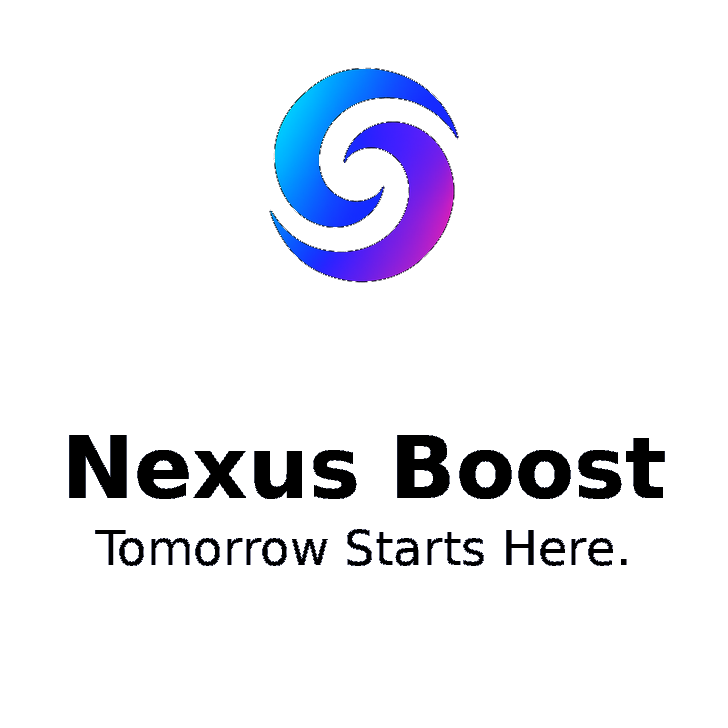
At any stage of scaling, knowing which growth phase your business is in can focus strategy and avoid confusion. The concept of “growth phases”—starting with Visibility, moving into Insights, and then to Automation—is a framework for understanding how your go-to-market complexity, decision context, and resource demands evolve. Clarity about your phase helps you prioritise system-building over chasing every tactic. Without this clarity, you can end up reactive and overwhelmed by data or processes. (Think of old Nokia’s decline: misaligned strategy and structure “led to misunderstandings, missed opportunities, and inefficiencies” .)
Recognising your phase gives purpose to your org design. In a low-phase startup, simple branding and outreach may suffice. As you grow, you’ll juggle metrics and systems. This journey raises tension between agility and structure at each step. The right framework helps you see if you’re still fighting for attention (Visibility), drowning in data (Insights), or struggling to replicate success (Automation). Ultimately, aligning around a phase prevents redundant work and turbocharges learning. Clarity is the linchpin of effective decision-making and resource management ; it ensures every action supports your bigger goals.

A Systems View of Business Growth
To make sense of growth phases, adopt a systems perspective. Every company is a complex system whose structure (teams, processes, tech) and dynamics (how work flows) become more layered over time . In early stages, the system is simple: one or two people handle core tasks. Over time, adding more markets, products, or channels increases differentiation and creates new feedback loops. As complexity climbs, decision makers require more context: more data, more coordination, more cross-functional insight.
This progression is bounded by human limits. Research on organizational complexity warns that exceeding cognitive capacity cripples performance . For example, Miller’s Law suggests individuals can juggle only about five to seven pieces of information at once . Beyond that, analysis stalls. Beyer & Ullrich (2022) note that when internal complexity outpaces understanding, “management cannot efficiently collect the information needed, cannot take high-quality decisions, and … cannot effectively implement them” . In other words, a company can literally outgrow its founders’ ability to steer it with the old playbook.
Growth is also shaped by resource constraints. Early on, cash and talent are tight, so every hire and tool must earn its keep. As you scale, human and technical capacity become bottlenecks. Building on a systems view means paying attention not just to growth metrics, but to interdependencies – who needs what information, which roles become overloaded, and how decisions propagate. A systems mindset highlights “hot spots” where structure or process needs reinforcing (e.g. demand outpaces supply, multiple teams duplicate work, or no one owns a key workflow) . Ultimately, each phase transition is triggered when complexity and resource limits force a new operating model.
Navigating Between Phases
Phase 1 — Visibility
In the Visibility phase, your first concern is to gain attention and prove you exist. First, you are shaping a recognizable identity in a noisy market. However, your team is small and roles are fluid, so messaging evolves quickly. Consequently, marketing and outreach feel opportunistic rather than orchestrated. Moreover, experiments multiply because you are still testing how the market responds. As a result, processes remain ad hoc and iterative.
Meanwhile, data is light or scattered, so judgment and creative drive guide choices. Therefore, you focus on being seen more than being optimized. In short, this phase is about presence formation: you translate intent into signals the market can notice, remember, and attribute to you.
Phase 2 — Insights
Once basic awareness is stable, you enter the Insights phase. Now the goal shifts from merely being seen to systematically interpreting signals. Accordingly, you begin to formalize how information flows through your organization. For example, you define what evidence counts and when it should inform decisions. Furthermore, roles become more distinct as the work of interpreting performance demands focus.
However, interpretation introduces its own complexity. Because questions outpace answers, you face the tension between speed and understanding. Therefore, you start privileging patterns over anecdotes and coherence over volume. In essence, this phase converts raw inputs into steering intelligence so that execution aligns with what you are learning.
Phase 3 — Automation & AI
When insights consistently inform action, you move into Automation. At this stage, the aim is to embed what you know into repeatable systems. Consequently, routine decisions migrate from individual discretion to designed workflows. Moreover, documentation clarifies how work should move, while rules and triggers reduce variance.
However, systematization introduces a new tension between control and adaptability. Because complex environments change, you maintain human oversight for edge cases. Finally, the organization feels engineered: intelligence scales through processes rather than heroics. In short, automation lets you reproduce proven patterns at speed without exhausting your people.

Phase Diagnosis in 5 Minutes
If you’re unsure where you stand, a quick self-assessment can help. Consider your biggest headaches this week: were you scrambling to get attention, wrestling with data interpretation, or frustrated that nothing scales? Rate questions like “Do I have clear metrics driving our decisions?” or “Are our processes repeatable by someone else?” A few answers will reveal your phase (for instance, strong brand but chaotic metrics hints at Visibility, while organised reports but manual workflows suggests Insights). For a faster check, see Nexus Boost’s /phase-check tool to benchmark your organisation’s practices against these phase models.
Regardless of where you are, remember: each phase has its own wisdom. Visibility is about creativity and learning on your feet. Insights is about turning learning into strategy. Automation is about embedding that strategy into the organization’s DNA. Understanding this journey is key to sustainable scaling. For startup founders and SME’s, a thoughtful view of where you are now and what comes next transforms uncertainty into a roadmap. Nexus Boost’s strategic advisory is built to guide companies through exactly these phase transitions, helping align your business systems to your stage so you can scale with confidence.
